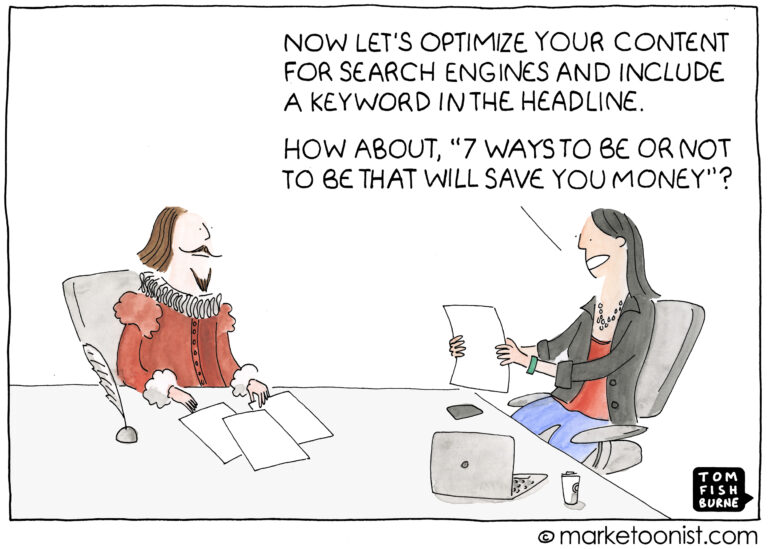
Digital Toll Roads
According to eMarketer, total worldwide digital ad spending will reach $455.30 billion this year. That’s a lot of dough and it’s expected to grow another 15% in 2022.

According to eMarketer, total worldwide digital ad spending will reach $455.30 billion this year. That’s a lot of dough and it’s expected to grow another 15% in 2022.
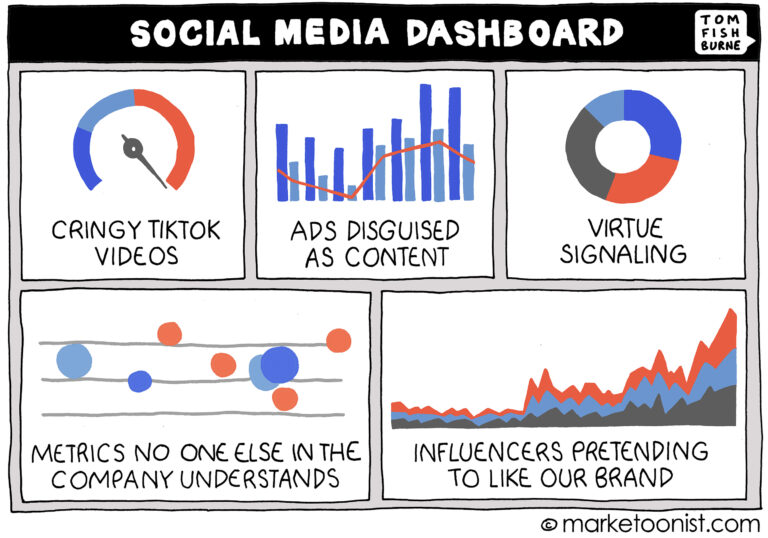
But do metrics even matter? Which ones? Why? And For Who? Our digitally connected and socially engaged world loves metrics – you can find them everywhere you look.
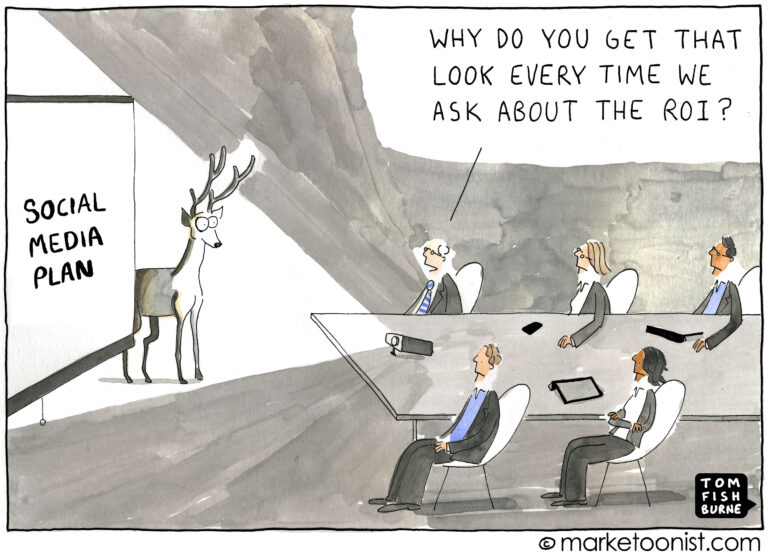
Why does marketing have to be so complex? Because complexity creates demand for marketing information and knowledge.
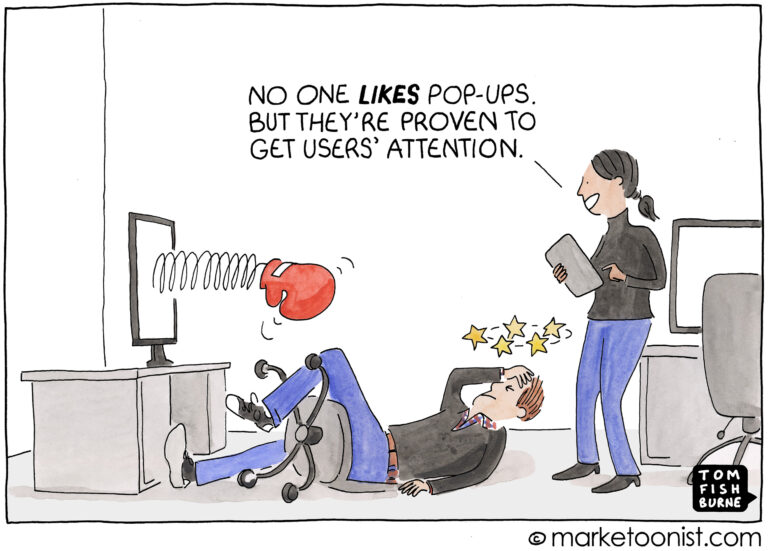
The digital, always-on, connected economy we live in today is littered with marketing tactics designed to “beat the system.” The first question one might be curious to ask is…what “system” are you referring to exactly?
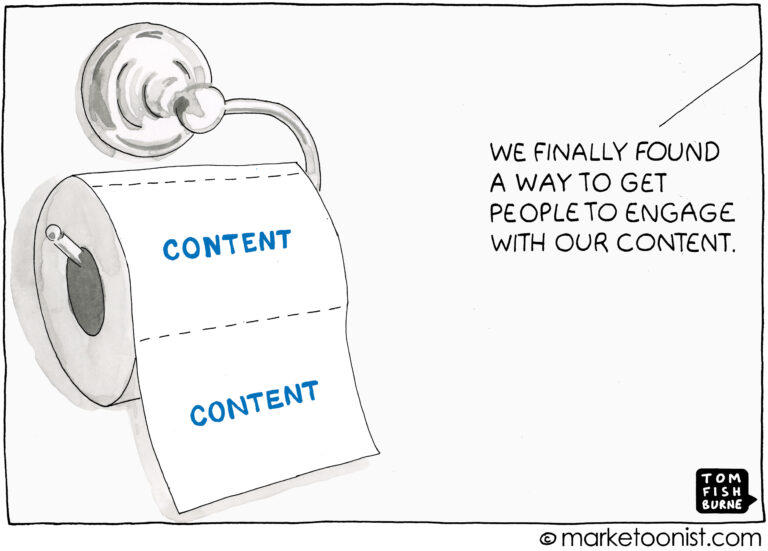
There’s No Shortage. Confused, opinionated, complex, noisy, fast, fragmented, overbearing, anxious, obnoxious…and totally WRONG!
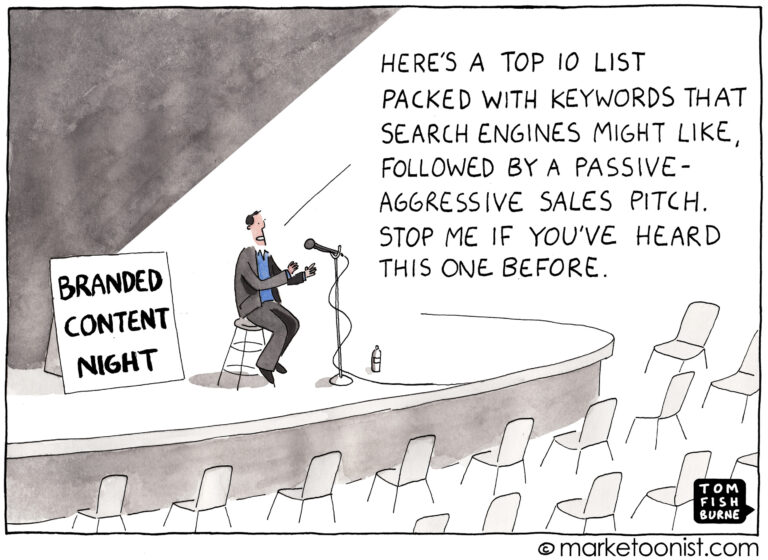
The Merriam-Webster dictionary defines generic as not being or having a particular brand name, and having no particularly distinctive quality or application.
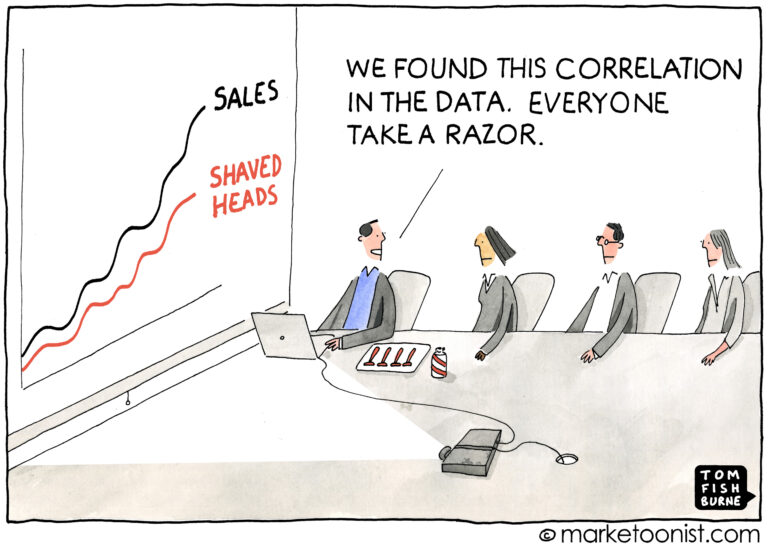
In today’s digitally manic marketing ecosystem, a correlation has come to imply causation.
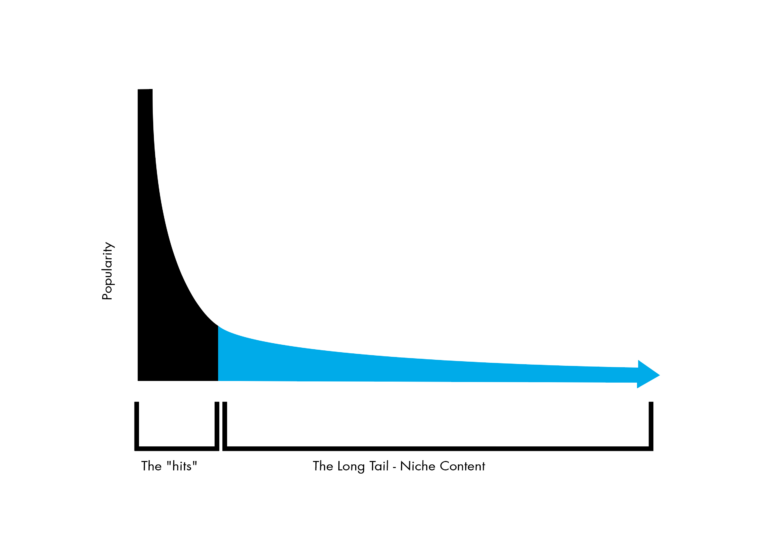
Triple-A is the highest level of play in Minor League Baseball in the U.S. Marketing has its own version of Triple-A too and it is primarily made of three moving parts – abundance, algorithm, and audience.

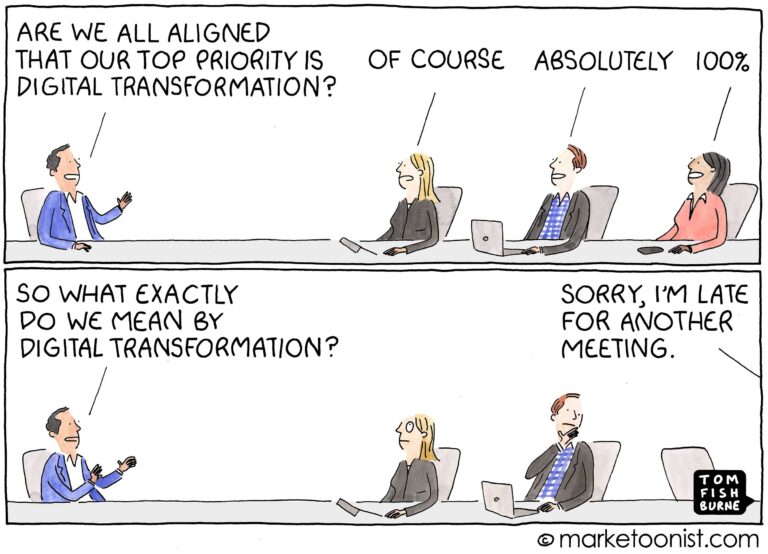
Perception and reality have been forever changed in 2020 as almost every facet of life has been altered in one way or another. Where the only constant is change, bringing with it dilemmas for marketers.
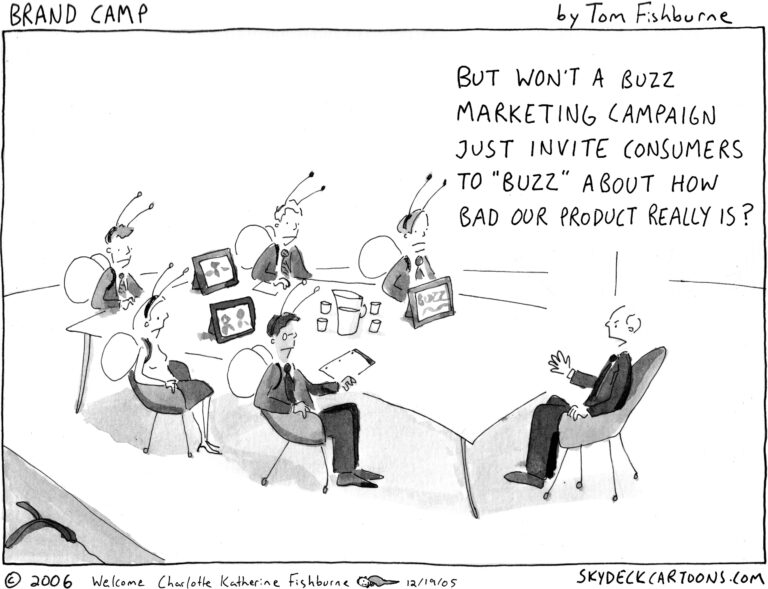
In marketing, you’re either a fly or a bee. And there’s a big difference. One lives a purpose-filled existence while the other is an annoying pest. As a marketer, which one are you?

I’ve been having all kinds of interesting marketing conversations lately, which got me thinking. Today’s marketing dialog has changed for the worse. I call it “intellectual tennis.”